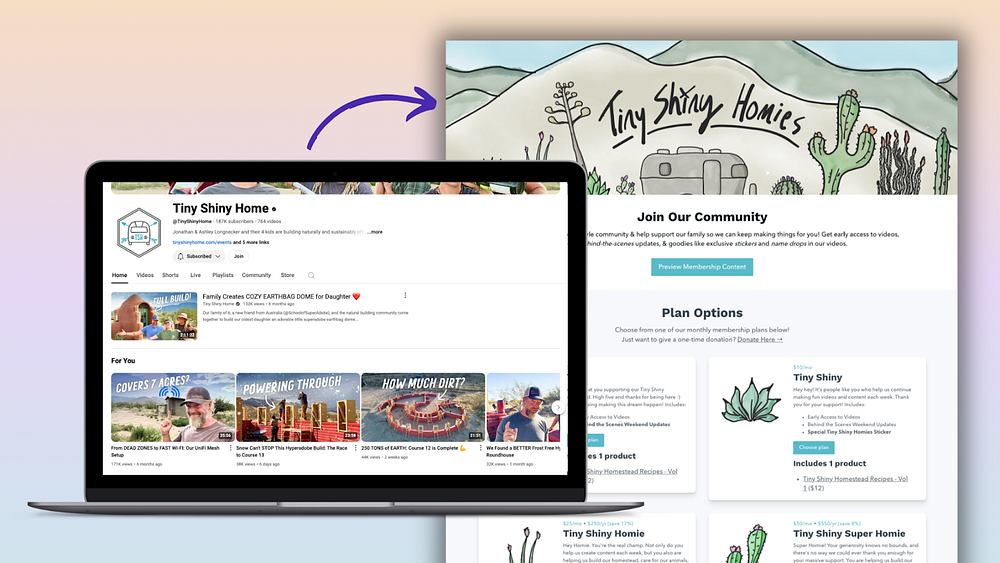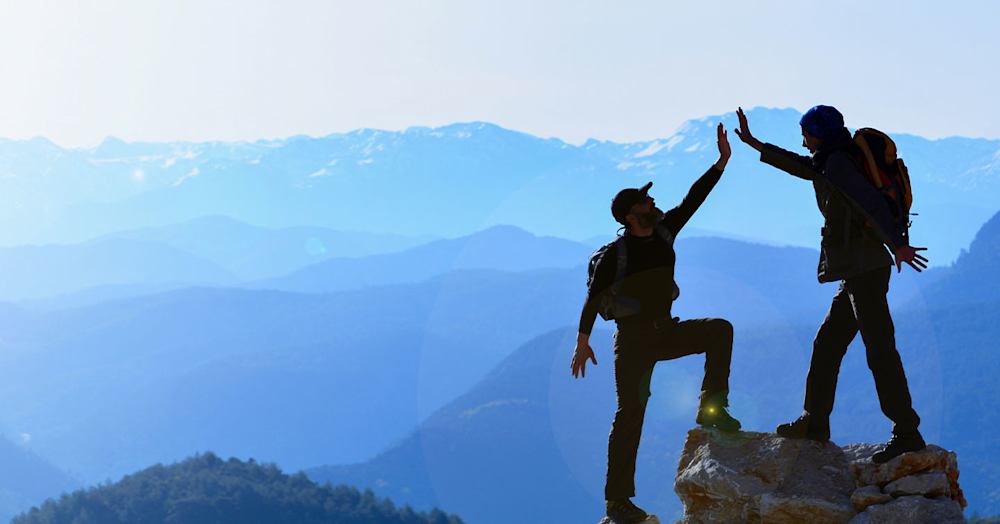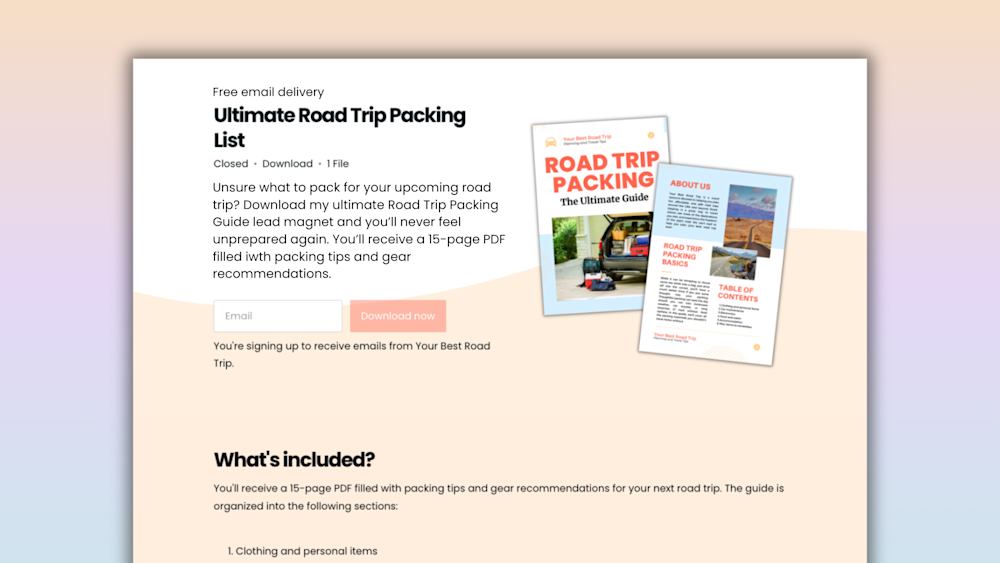We’ve all seen sponsored content while watching videos from mega-creators, but did you know that smaller creators can land sponsors as well?
In 2020, the ten highest-spending brands spent a total of $368 million on YouTube influencer sponsorships. YouTube is used in 36% of all influencer campaigns, so there are plenty of opportunities to go around.
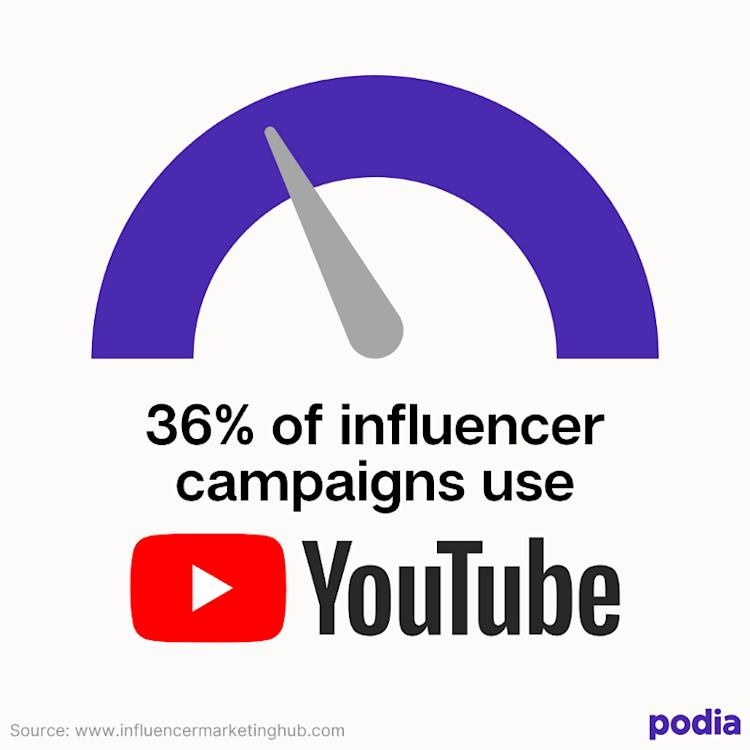
In this guide, we’ll cover exactly how to get sponsorships on YouTube, even with a small channel. First, let’s talk about the types of sponsorships available.
Types of sponsorships on YouTube
There are three main types of YouTube sponsorships you can use to monetize your channel.
Product sponsorships
Product sponsorships are when a brand sends you a free product to review. Product reviews are often the first sponsorship type a creator experiences.
Product sponsorships can be small, like receiving a free article of clothing, or much bigger, like getting a free trip or travel experience.
The travel creator behind Breakaway on a Budget got a product sponsorship with a travel backpack company by reaching out to them on social media.
The brand sent them three free bags to review on their channel, as well as a discount code their viewers could use when purchasing.
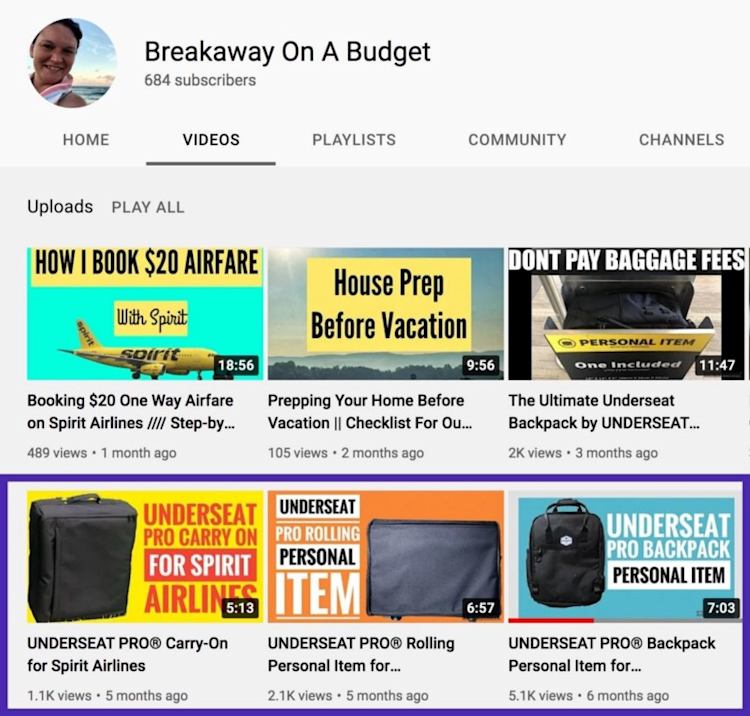
For higher-ticket items, a product sponsorship can also mean you get a discount when purchasing the product.
For example, the outdoor sports brand Bored Progression got a GoPro sponsorship when they had around 10,000 subscribers.
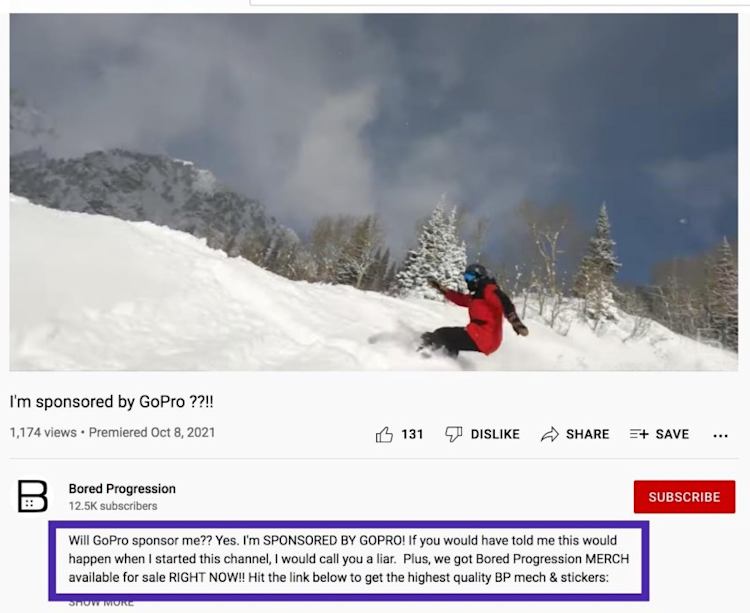
According to their video, they didn’t get a free GoPro, but they did get a discount on all GoPro products.
Affiliate sponsorships
In an affiliate marketing arrangement, you get a special link or code to a product. If someone uses that link, you earn a commission on that sale.
Affiliate sponsorships are an excellent option for small channels. Often, you can apply to join a brand’s affiliate program no matter how many YouTube subscribers you have.
Creator Dylan Thompson, for example, created a video about Allbirds shoes. The description includes their affiliate link and a disclosure that they receive a small commission if someone makes a purchase.
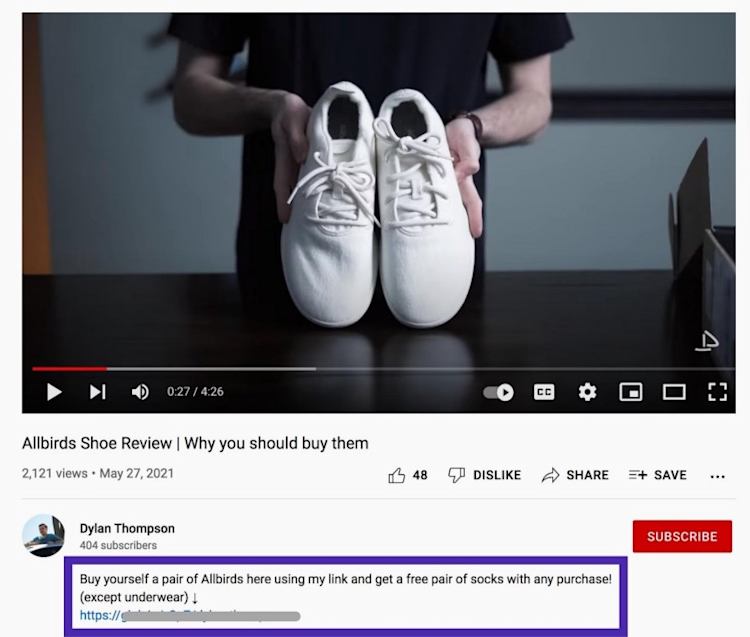
Affiliate marketing makes it possible to earn significant income from referral commissions, even with a smaller following.
Paid YouTube sponsorships
Paid gigs are the highest level of YouTube sponsorship. In a paid sponsorship, you promote a product or service on your channel in exchange for payment.
These opportunities are rarer than product or affiliate sponsorships, and they’re more likely to come your way once you’ve started to grow your channel — more on that in just a moment.
Now that you know what types of YouTube sponsorships are out there, here’s what you need to do to land one.
How to get YouTube sponsorships as a small channel
#1 Make your channel look professional
When pursuing YouTube sponsorships, you should start by dressing the part. You want your channel to look professional and welcoming so that when brands come knocking, they feel excited to work with you.
Make sure your channel information is complete with a banner image, channel trailer, related video playlists, and an about section.
You should already have several videos on your channel before you approach brands, and it’s important to demonstrate that you have a consistent posting schedule.
Take time to create great thumbnail images and descriptions for your videos. Free tools like Canva work great for making eye-catching thumbnails and banners.
This channel by The Adventure Junkies is a great example of how a vibrant banner and cohesive brand thumbnails can elevate your videos.

Essentially, you should think of your channel as your portfolio that brands will see before deciding to collaborate. The more professional your channel looks, the more opportunities you could have.
#2 Grow your subscriber base
Even though it doesn’t have to be huge, you need to have some following before getting sponsorships. Brands want to get their products and services in front of potential buyers, so you’ll need to show that your videos have views.
As a rule of thumb, aim for 1000 subscribers before you start pitching and applying for opportunities.
If you’re brand new to YouTube and need to grow your following, here are some ways to do it:
-
Create quality content. Consistency keeps the YouTube algorithm and your followers happy. Ideally, try to post at least one video per week on a regular schedule.
-
Niche down. Sticking to one topic like gaming, gardening, or gear reviews can help you attract your ideal audience.
-
Learn YouTube SEO (search engine optimization). Tools like TubeBuddy and VidIQ
can tell you how many people are searching for specific keywords, so you know what topics to target.
-
Make it easy for people to subscribe. Throughout your video, remind viewers to subscribe to your channel. Include a link with a call to action (CTA) in your video description.
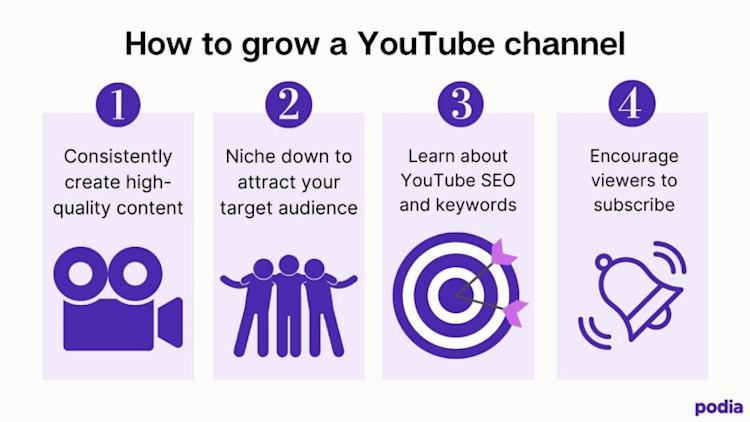
It sounds simple, but constantly creating great content is the number one way to grow your channel. And the more you grow, the more opportunities will likely come your way.
Focus on providing as much value as possible to your audience members. Having an engaged and loyal following of people who share your passion is much more valuable than a zillion lukewarm viewers.
Continue to refine your style and voice as a creator. Spend time learning video editing tips and practicing your delivery skills. That way, when the time comes to make a great first impression, you’ll be ready.
#3 Reach out to brands
With your channel optimized and your follower count on the rise, it’s time to start reaching out to brands and companies.
The first thing to do is create a media kit. A media kit is essentially your resume for your YouTube channel. You can find great media kit templates on free platforms like Canva.

Here’s what you should include in your media kit:
-
Number of subscribers and hours viewed
-
Recent statistics from relevant channels like Instagram, Facebook, and Twitter
-
Information about your audience demographics and your content niche
-
Examples of previous collaborations you’ve done, if applicable
Next, brainstorm brands that align with the content you create and your existing audience. Think about products you already use, like, and recommend to friends.
It’s important to be discerning here. Suppose you have a channel about gluten-free recipes. If you suddenly start posting sponsored videos about clothing, you might confuse and annoy your audience.
Think about what companies and products would be the most relevant, enjoyable, and valuable to your viewers.
Once you have your shortlist, search for phrases like “[brand name] YouTube sponsorship application” or “[brand name] influencer program” to find out if they have a system already.
GoPro, for example, has a sponsorship application page where content creators, athletes, and adventure enthusiasts can apply for partnerships.
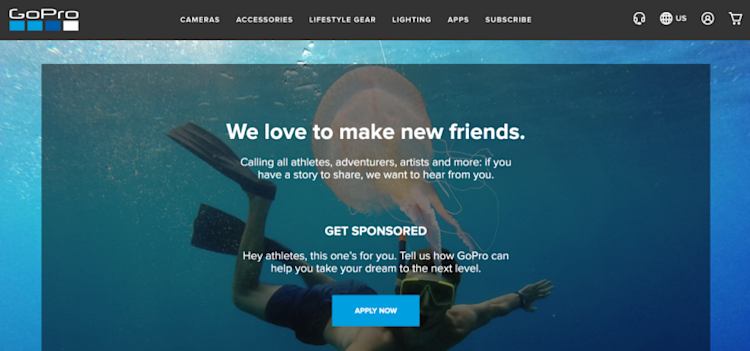
NordVPN has a dedicated page just for YouTube and Twitch creators. Here, you can apply to join their influencer marketing program and earn money as an ambassador.
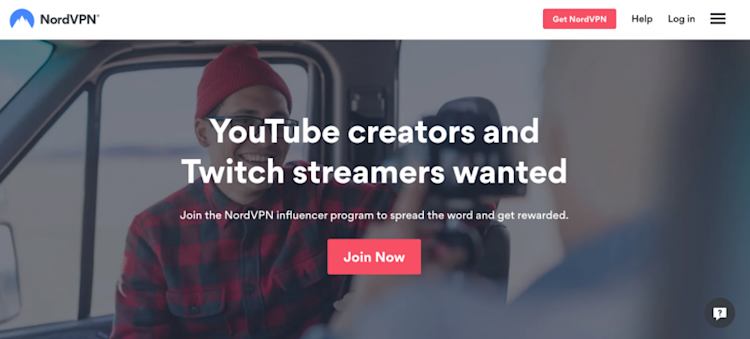
You can also find sponsorship opportunities by going to a brand’s website and scrolling down to the footer. Look for links that say things like “partnerships” or “affiliates”. This should take you to a page where you can apply to work together.
For example, the Allbirds shoe company we mentioned earlier has an affiliate application on its website, linked in the footer. Here, you can sign up as a social media ambassador or media publication to earn commissions.
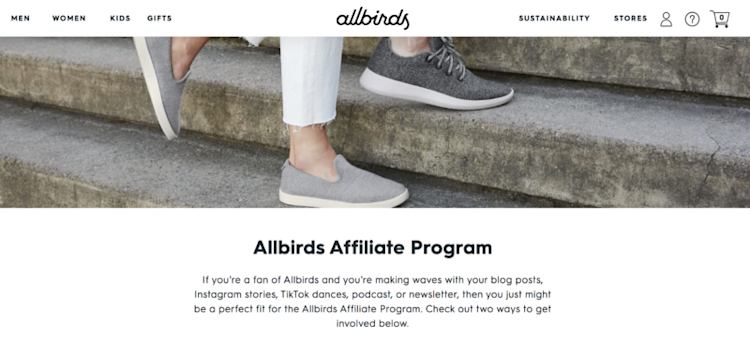
If the brand you want to partner with doesn’t have an application page on their website, you can always reach out by email. Head to their contact page and look for an email address related to press, partnerships, marketing, or ambassadors, not just the general company email.
When you send your message, make sure to include helpful channel statistics, as well as your media kit. You might only have a few seconds to get on their radar, so make it very clear what they can gain by working with you.
#4 Use YouTube sponsorship platforms
Another place you can find brands to collaborate with is on YouTube sponsorship platforms. These are places where companies and creators can connect.
YouTube BrandConnect (Formerly Famebit): YouTube BrandConnect is YouTube’s own influencer platform. Here, you can arrange brand deals and partnerships directly within the YouTube ecosystem.
To join, you must be part of the YouTube Partner Program with 1000 subscribers and 4000 hours of watch time. Currently, this platform is only available in the U.S.A., UK, and Canada.
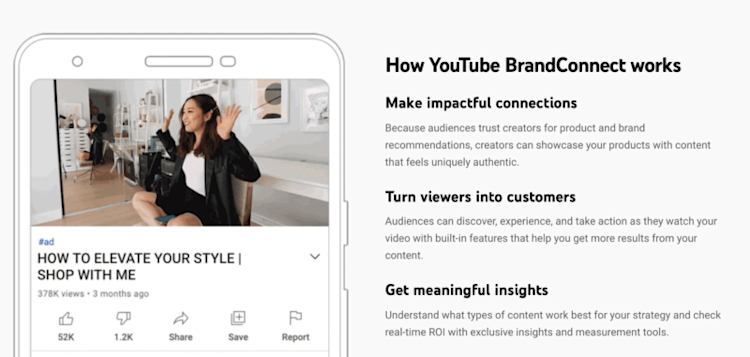
Grapevine Village: Grapevine Village is a network where creators can find brand opportunities, organize logistics, and get paid, all in one platform.
According to their website, you’ll need to have 10,000 subscribers on YouTube or 10,000 followers on Instagram to sign up, so this is a good platform to target as a long-term goal.

Channel Pages: On Channel Pages, creators make a profile that brands can discover in their YouTube influencer research. You can also apply to opportunities that brands post on the platform.
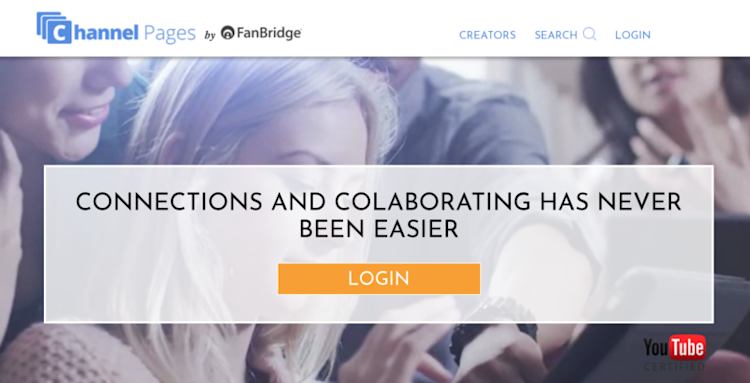
#5 Expand beyond YouTube
Finally, it’s a good idea to branch out to other channels. Starting a blog and building your social media accounts means you can offer sponsors more bang for their buck and greater reach.
For example, travel creator Jessie on a Journey partnered with a tour company when visiting the Galapagos Islands. She created written blog content and YouTube content about the experience, which meant more views from a wider audience.
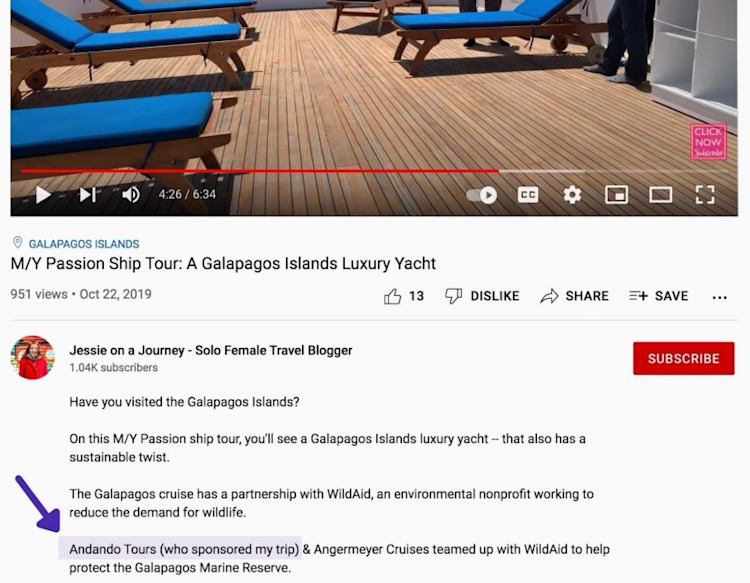
By stretching beyond YouTube, you could make your packages even more appealing to brands.
How much do sponsorships on YouTube pay?
When you have a mountain of followers, YouTube sponsorships can be highly lucrative.
In 2020, worldwide research found that YouTube channels with over a million followers earn a minimum of $7332 for a sponsored video, on average. Channels with 100,000–1 million followers earn a minimum of $1306 for a sponsored video.
But how much can a creator with a smaller channel expect to make?
A Klear study of over 2,500 influencers found the following average influencer rates based on audience size:
-
Nano (500–5K subscribers): $315 per video
-
Micro (5K — 30K subscribers): $908 per video
-
Power (30K — 500K subscribers): $782 per video
-
Celebrity (+500K subscribers): $3857 per video
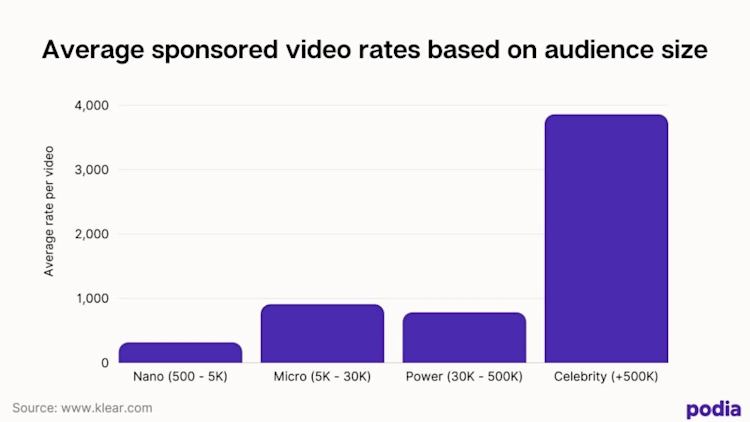
The amount you earn depends on your niche as well as your audience size. One study found brands in the gaming and technology niches spent the most money on YouTube influencers.
Of course, influencer pay rates aren’t standardized, so take this with a grain of salt, but it’s helpful to have some ballpark figures.
Simply put, it’s possible to make good money with YouTube sponsorships, but it’s a good idea for smaller creators to consider other monetization streams as well.
Other ways to monetize your Youtube channel
In addition to pursuing sponsorships, here are some other ways you can make money on YouTube.
Enable YouTube ads
Once you have over 1000 subscribers and 4000 hours of watch time, you can apply to join the YouTube Partner Program. In the partner program, YouTube will show ads on your videos, and you get paid based on the number of views.

On the plus side, YouTube ads are a form of passive income. All you have to do is enable them on your videos, and you can start earning money.
On the downside, the amount creators earn per ad view is pretty low. This method is best used alongside other monetization tactics.
Sell digital downloads and courses
Creating and selling online products is a great way to monetize work as a creator.
As you build your YouTube channel, think about content upgrades or premium information that’s a bit too long for a single video. These topics make great digital products that you can sell.
For example, if you make YouTube videos about surfing, you could write an ebook with your surfing gear recommendations.
You already have an audience for this product built into your channel, so you could mention your ebook within your YouTube videos when appropriate and link to it in the description.
Podia creator Emily Mills makes YouTube videos about drawing and sketchnoting. Below her videos, she includes links to her book and online courses where she teaches more advanced sketchnote skills.
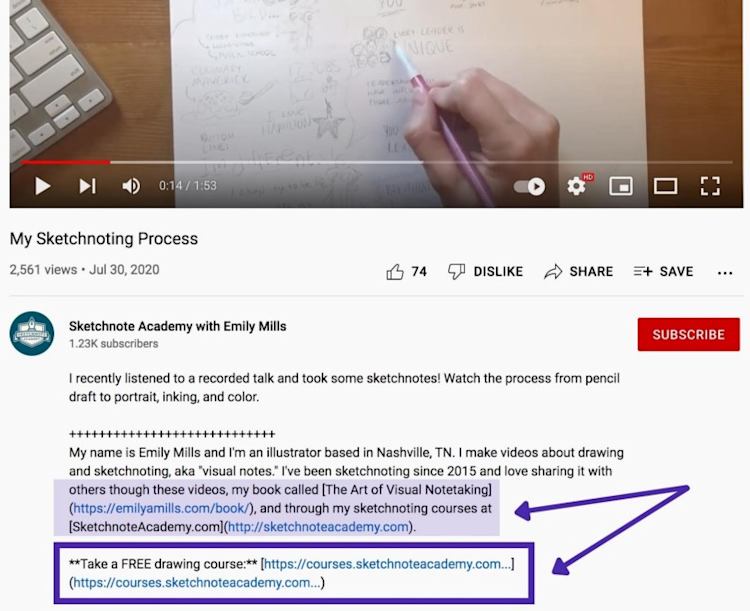
Using your YouTube channel to promote your online courses and digital downloads allows you to provide more value for your audience and earn money from your expertise.
Speaking of which, Podia makes it easy to sell all kinds of digital products. Get started with a free 30-day trial today.
Promoting your premium products and courses alongside your YouTube videos can be a great way to earn more, even without an enormous channel.
Whether you’re pursuing sponsorships or investing in other monetization streams, YouTube can be a powerful platform to build your brand.
We hope this guide will lead you to exciting sponsorship deals, marketing campaigns, and creative opportunities long into the future.
